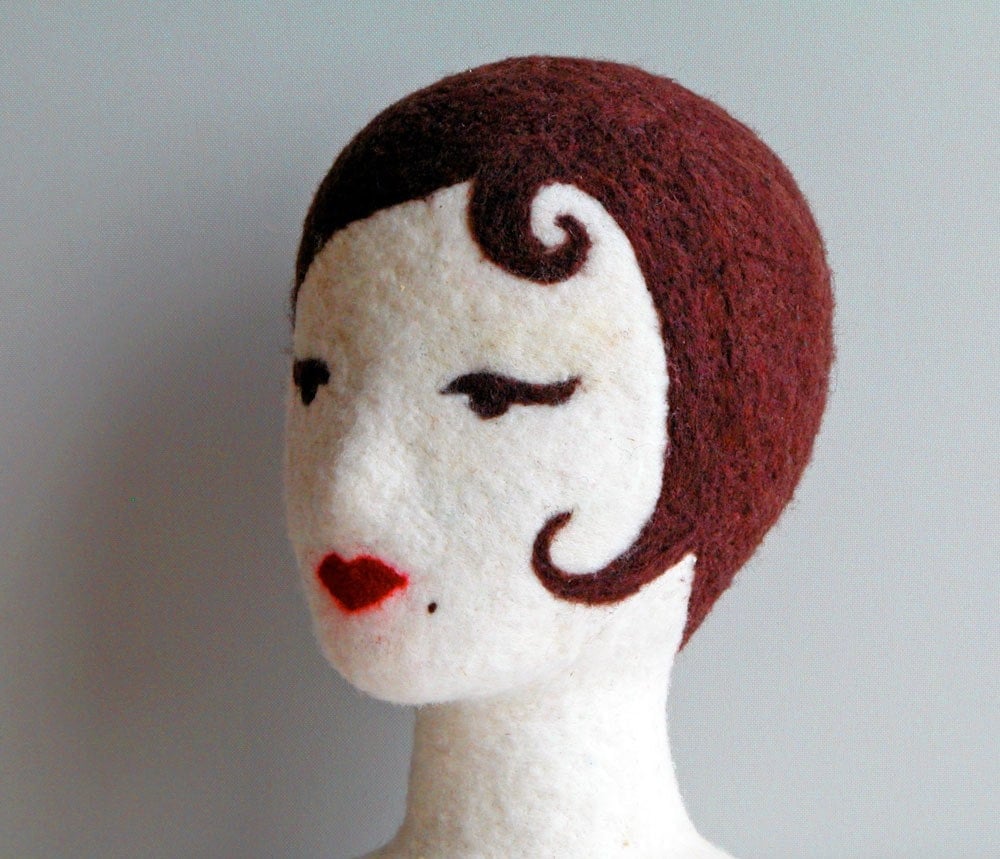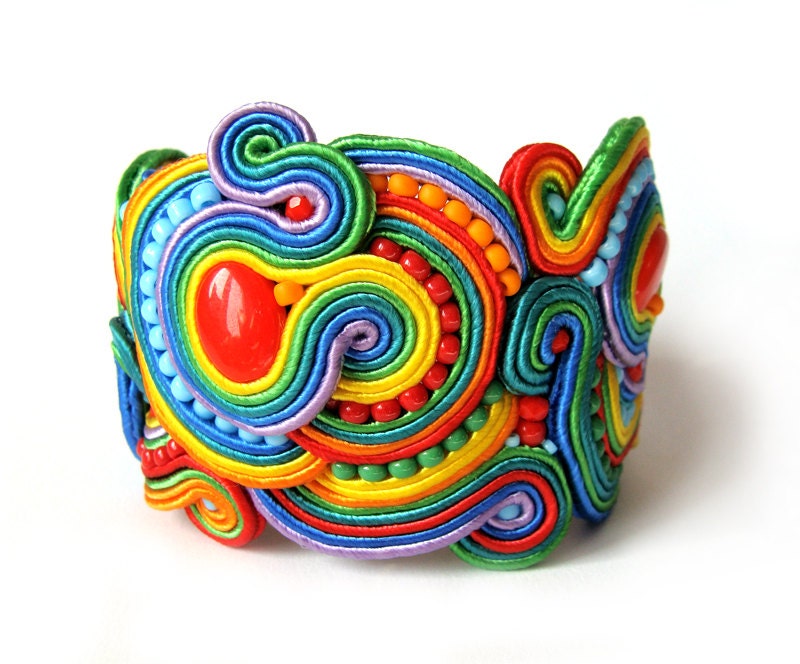Several years ago I made a series of little hats for the party guests in the Nutcracker, including a rather fancy ruffled lace bonnet for the grandmother. In the version of the Nutcracker our local ballet company performed, the party guest come through the theater, and then walk onto stage, acting out that they are arriving at the house.
Nutcracker is often set in some middle to late Victorian style so I made the hats like late Victorian "bonnets", usually a small hat, festooned with ribbons and lace that sits towards the back of the head.
 |
| Late Victorian style hats |
 |
| Grandma's "bonnet" |
Milliners used to use something called a poupee or stylized head to drape and display their hats.
If you try searching for this, you will often see images of this:
 |
| A wig stand used as a poupee |
If you do find one, they are often very expensive. You can have one custom made in Spain but again it is expensive. While looking for one I found an Etsy store: handworkstudio that sells instructions and kits to make a felt poupee. My daughter loves to do needle felting so I asked her to make me one.
 |
| I love my felt poupee by Handworkstudio |
This lead to the "birth" of Ruby. She has soft, pale pink skin, lovely dark brown hair, done up in a classical ballet bun and bow lips. She still needs to be felted (more) but she is lovely.
I was so thrilled with her that I put her to work right away to create a Chinese themed Nutcracker headpiece.
I had become interested in soutache tape bead embroidery
 |
| example of soutache tape bead embroidery |
 |
| Chinese wedding headpiece |
decide that it would be a perfect technique to use on my "creation". The traditional bridal headpiece is too big and has too many things sticking up and dangling to make it a practical or safe proposition for a ballet headpiece. I took some of the elements, mostly the gold, red (a color symbolizing good fortune) and turquoise colors, a few smaller side dangles, made with wire so that they would move but not bounce about, bend and become entangled in hair, or worse put the dancer off balance, or poke someone in the eye (if partnered). I sat and sewed layers of red, gold and sparkly turquoise soutache tapes around red crystal bicones, and blue/green round mock jade beads to create snakes or dragon shapes and added eyes, scales and other details with hot fix crystals and sequins. The little dangles were made of gold colored, lazer cut butterflies, Swarovski bicones and little gold colored leaves. I wanted to have something that would move and catch the light without being too heavy or a distraction to the dancer. I had found a very interesting gold mesh which I used and shaped along the front and back of the headpiece and to support the gold ruffled lace at the back. The whole headpiece was built on a sturdy wire frame.
 |
| Close-up of the soutache tape "dragons" and front jewels of the Chinese headpiece. |
 |
| Completed Chinese headpiece on Ruby, my felt poupee |
Earlier in the summer I had made a Sugar Plum
 |
| Sugar Plum headpiece made with Swarovski and RG premium crystals in crystal AB, Fuscia, Tanzinite and Light Colorado Topaz |
 |
 |
| Snow Queen made with Swarovski, Czech and Vintage Crystal AB and sapphire |
I am now deep into making leotards and my first YAGP costume (very exciting) so it will be a while before I can get back to these headpiece. It does look as if after Christmas, I will be working on a comission for some very exciting headpieces but that will have to stay under wraps for now.
Have a happy, not too nutty, Nutcracker season.















































